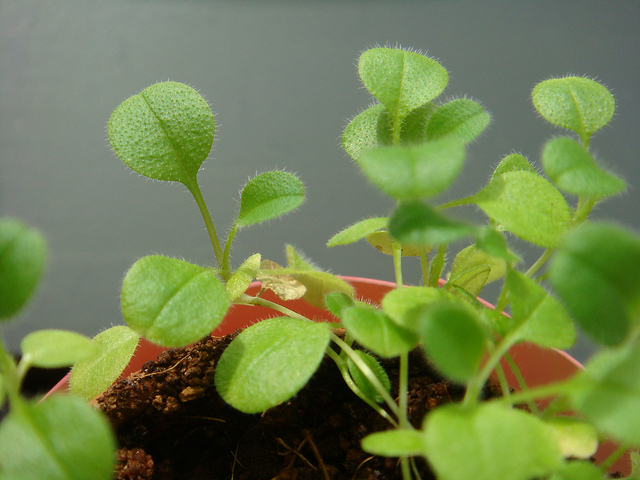Plants use energy from the Sun through photosynthesis, and humans use energy from the Sun through things like solar panels. A new technique created by researchers at the University of Georgia allows humans to get electricity from plants by hijacking the photosynthesis process. This research could someday lead to some very literal power plants.
Solar panels seem to be a good option for generating electricity, but the reality of the situation is that they’re terribly inefficient at generating power from sunlight. A solar panel operates at between 12 and 17 percent efficiency, but some plants have near 100 efficiency at converting photons to electrons.
Plants divide water molecules into hydrogen and oxygen through photosynthesis, and when this split occurs, electrons are generated. Typically, these electrons are used by the plants to create sugar used to grow and reproduce. The team at the University of Georgia have developed a way to use carbon nanotubes to capture those electrons before they’re used by the plant.
The team has basically created the thing the machines in The Matrix build to get their electricity from humans, but they did it with plants. They’ve turned this:

via Debs
Into this:

Image via Warner Bros. Pictures from The Matrix
This isn’t the first experiment that’s used plants to generate electricity, but it’s at least two orders or magnitude more electrical current than earlier work. It’s going to take more research before this is a commercially viable technology, and at the moment it’s best suited for powering things like remote sensors and portable electronics.
One of the researchers, Ramaraja Ramasamy, compares his work to hydrogen fuel cells, saying, “The electrical output we see now is modest, but only about 30 years ago, hydrogen fuel cells were in their infancy, and now they can power cars, buses and even buildings.”
Could we soon be living in a world where our homes are powered by rooftop gardens?
(University of Georgia via Engadget, image via VaXzine)
- Plants make a more appealing energy source than “fatbergs”
- Other research is trying to harness the power of tornadoes
- A small rock punctured the solar panels of the ISS








Published: May 11, 2013 02:03 pm